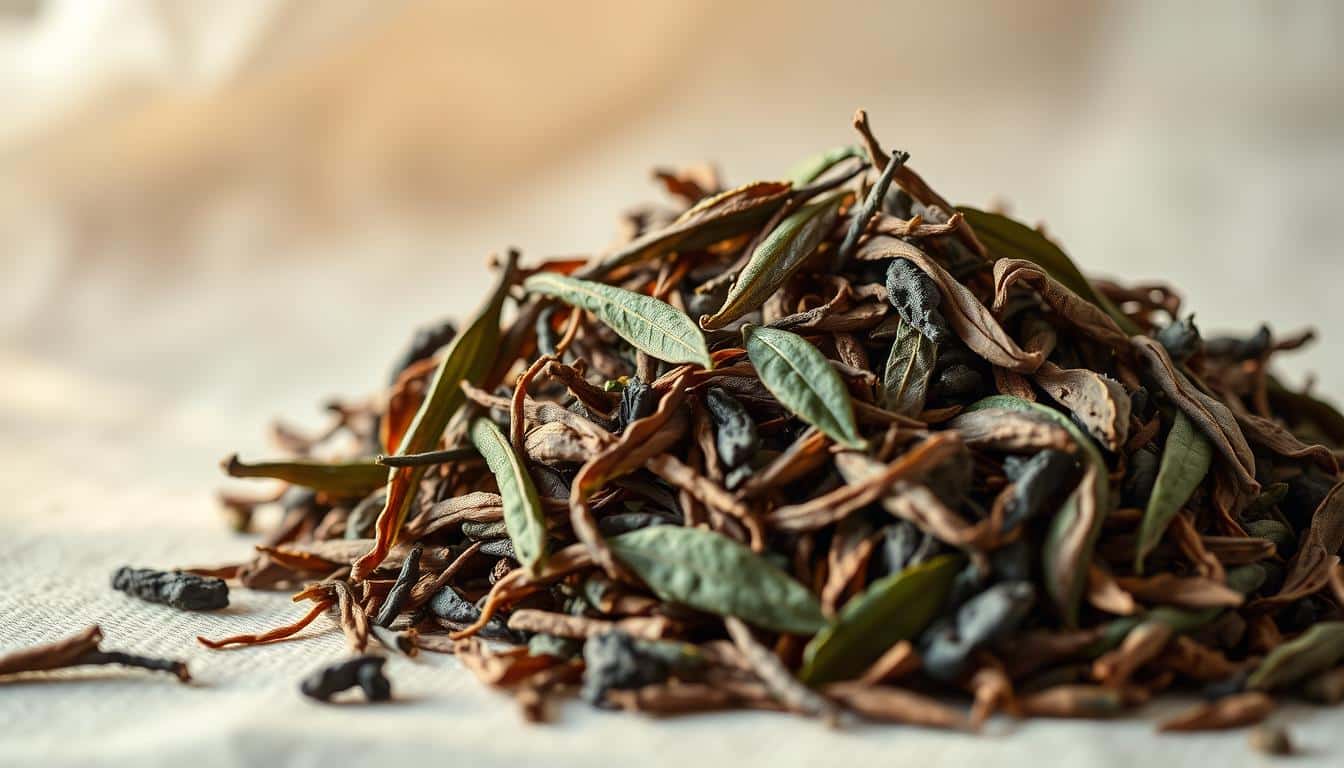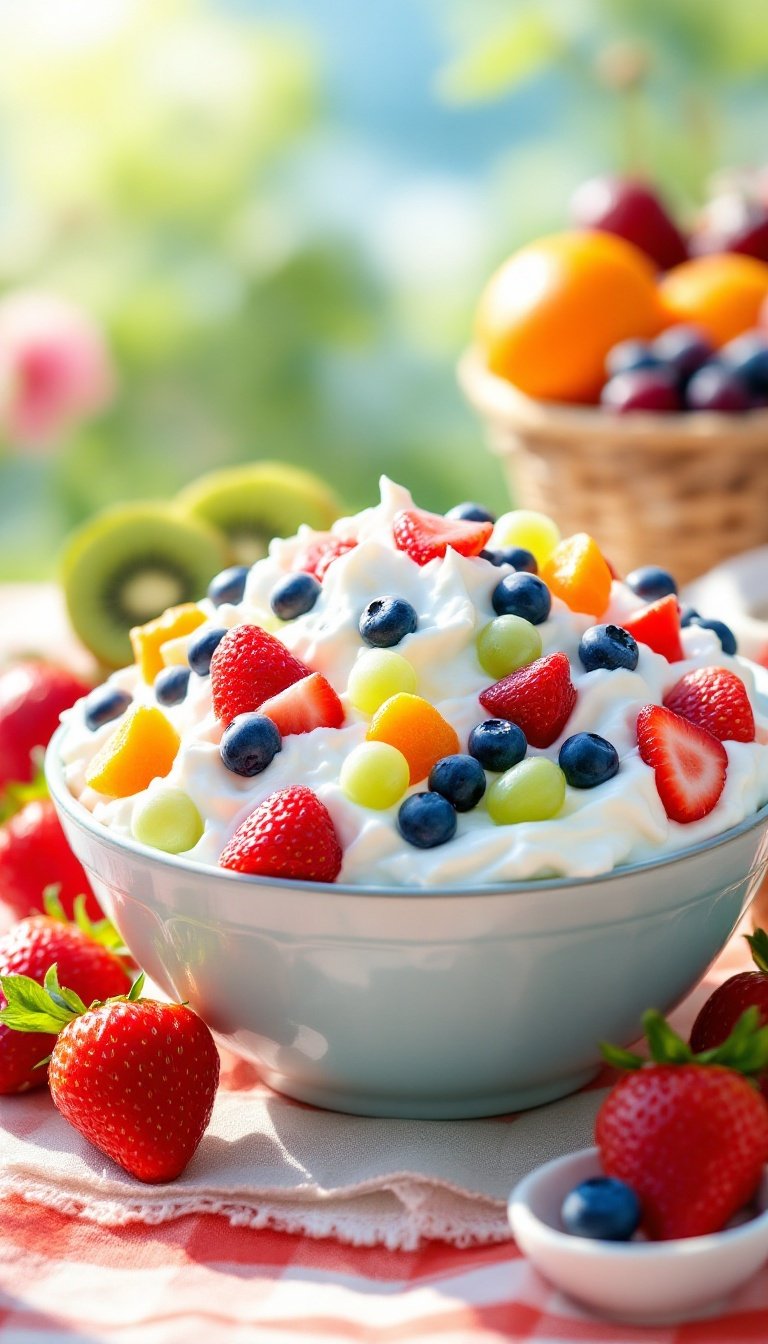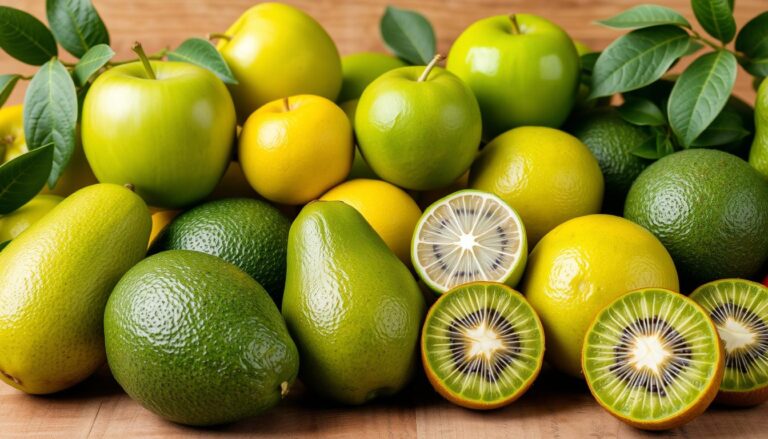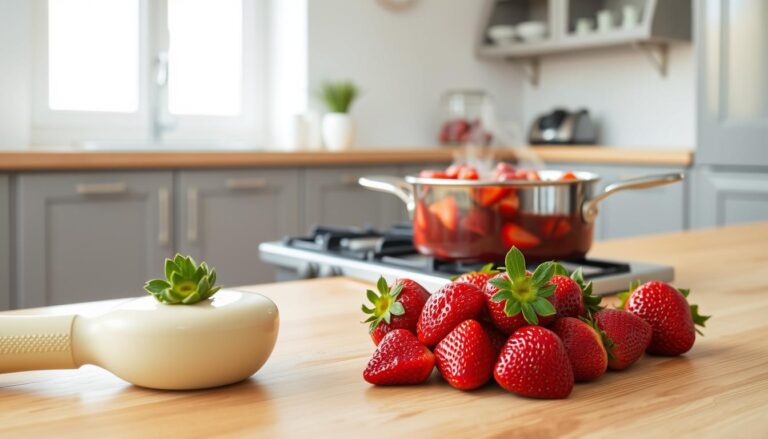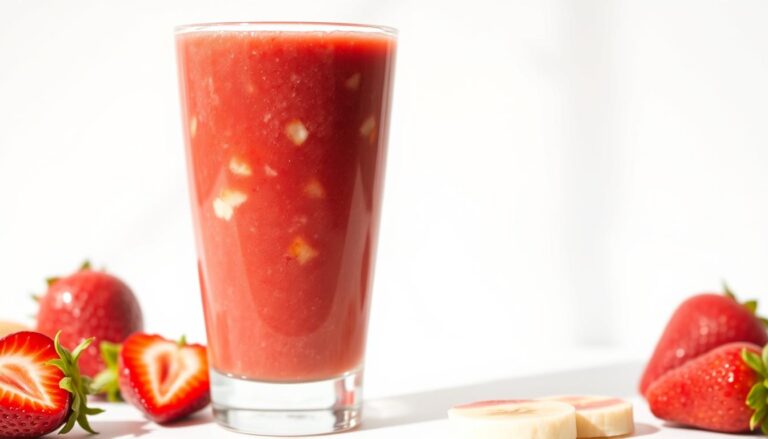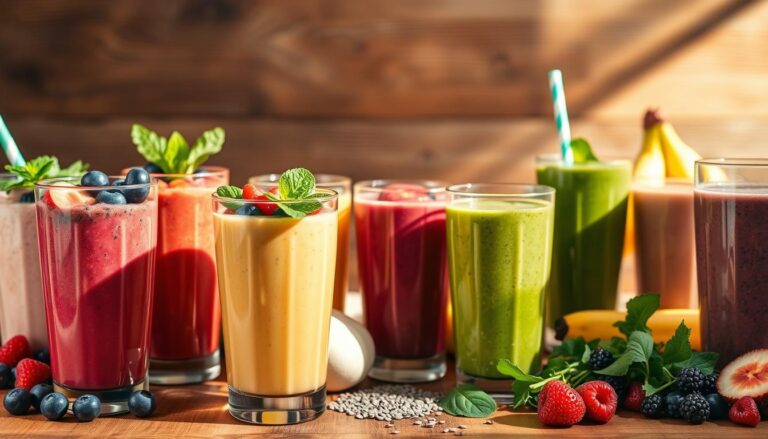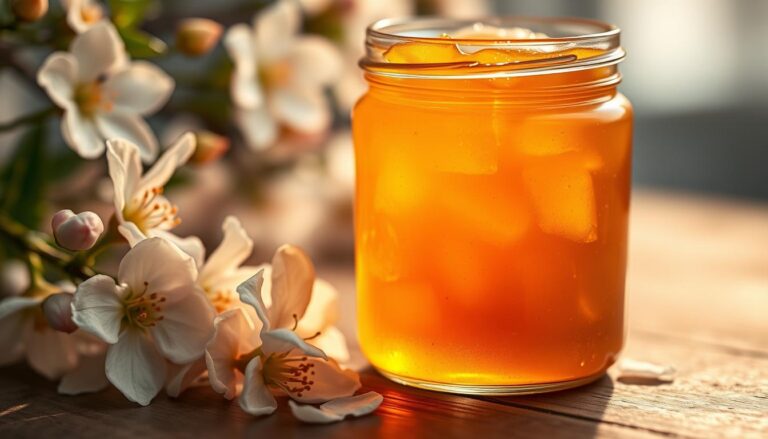Oolong Tea Is The Best Balanced Tea Choice
Are you looking for a drink that’s just right, not too bold and not too light? You might have found your perfect match. This amazing drink combines the best of both worlds, offering something special all its own.
Coming from China’s Fujian province, this semi-oxidized wonder has a unique process. It blends the freshness of green teas with the depth of darker ones. This creates a complex taste that changes with your mood and moment.
What makes it stand out is its versatile nature. You can steep the leaves multiple times, discovering new flavors and scents each time. It’s like having several teas in one!
But it’s not just about the taste. This balanced choice also offers health benefits. It boosts your metabolism and gives you energy without the shakes. You’ll feel a smooth, steady boost that lasts all day.
Key Takeaways
- Oolong offers a perfect balance between green and black tea characteristics
- It undergoes partial oxidation during processing
- You can steep the leaves multiple times for varying flavors
- It provides both antioxidant benefits and gentle energy
- The flavor profile adapts well to different brewing times
- It supports metabolic health and digestion
- You get a sophisticated tea experience without extreme bitterness
What Makes Oolong Tea So Special
Ever wondered why oolong tea is so special? It offers a unique drinking experience. It combines the best of different teas into one perfect cup.
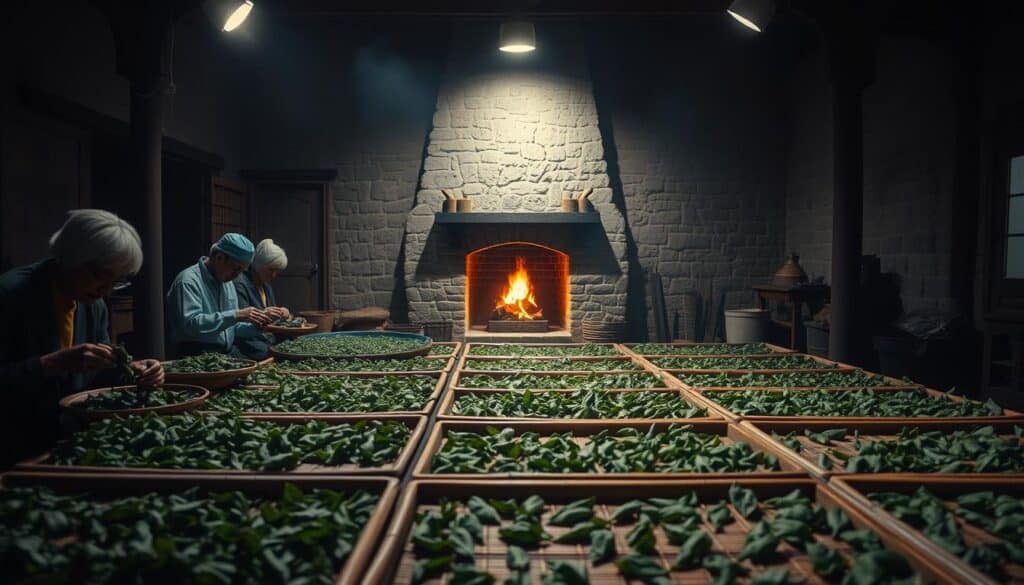
The Unique Processing of Oolong Leaves
Oolong tea’s special process sets it apart. After harvesting, the leaves are withered under the sun. This starts the oxidation process that gives oolong its unique taste.
Tea masters then bruise the leaves to control oxidation. They know just when to stop for the perfect flavor. This creates complex tastes, from floral to roasted.
The final firing stage locks in these special flavors. This careful process results in leaves that are partially oxidized. This range allows for a wide variety of oolong teas.
Between Green and Black: Oolong’s Perfect Balance
Oolong tea is perfectly balanced between green and black teas. It has the fresh taste of green tea and the rich flavors of black tea. It’s like two teas in one.
The oxidation level affects oolong’s taste. Lightly oxidized oolongs are floral and creamy. More oxidized ones are deeper and roasted. This means there’s an oolong for everyone.
| Tea Type | Oxidation Level | Flavor Profile | Caffeine Content |
|---|---|---|---|
| Green Tea | 0-10% | Grassy, Vegetal | Low-Medium |
| Oolong Tea | 20-80% | Balanced, Complex | Medium |
| Black Tea | 90-100% | Bold, Malty | High |
Oolong’s unique position makes it great for those looking to try something new. It offers complexity without being too strong. It’s both approachable and sophisticated.
Oolong Tea Benefits That Will Surprise You
Oolong tea is more than just tasty. It has amazing health benefits that might surprise you. This tea, with its unique mix of compounds, supports your health in many ways.
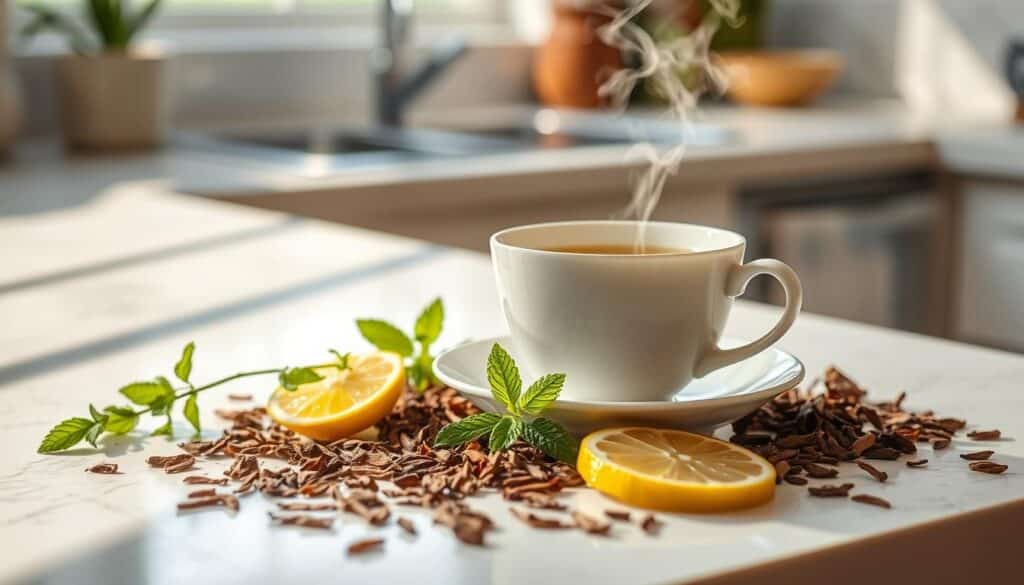
Metabolism Boost and Weight Management Support
Oolong tea is a great ally for your health. It has polyphenols that boost fat burning. This helps you keep a healthy weight.
Studies show oolong tea can increase energy use by up to 10%. Your body works better all day. The tea’s caffeine is just enough to keep you alert without jitters.
Oolong also helps control hunger. It makes you feel full between meals. It’s a tasty way to help reach your health goals.
Mental Clarity and Focus Enhancement
Oolong tea gives you a mental edge that coffee can’t. It has L-theanine, which keeps you alert but calm. This helps you stay focused without feeling jittery.
The tea’s caffeine is released slowly. This means you stay sharp for hours. Students and workers use it for tasks that need focus.
Oolong is perfect for morning or afternoon. It sharpens your mind without upsetting your natural rhythm. Your brain will appreciate this balanced choice.
Digestive Health and Gut Support
Oolong tea is good for your digestive system. Its antioxidants reduce inflammation in your gut. This can ease stomach pain after eating.
The tea supports healthy gut bacteria. A balanced gut is key to good health. Its mild astringency also helps with digestion.
Oolong is great with rich or heavy foods. It’s a natural aid for digestion without harsh side effects. These benefits make your daily life more comfortable and healthy.
How Oolong Compares to Other Tea Types
Exploring tea, you might ask how oolong differs from others. Knowing these differences helps pick the right tea for you.
Oolong vs Green Tea: Oxidation Levels Matter
Oxidation is key. Green tea has little oxidation, keeping its fresh taste. Oolong, on the other hand, is partially oxidized, offering a richer flavor.
This partial oxidation makes oolong smoother than green tea’s bitter notes. It blends green tea’s freshness with deeper flavors.
Oolong vs Black Tea: Flavor and Caffeine Differences
Black tea is fully oxidized, with bold flavors. Oolong’s partial oxidation leads to more complex tastes, from floral to roasted.
Oolong has less caffeine than black tea but more than green. It’s a perfect choice for everyday drinking.
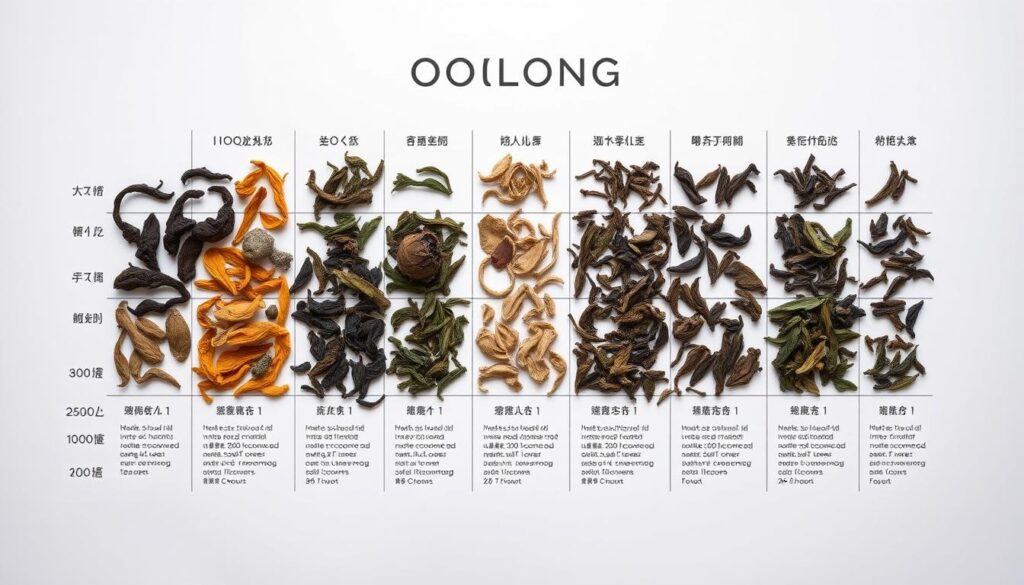
Oolong vs Herbal Tea: Understanding True Tea
Oolong comes from the Camellia sinensis plant, making it a true tea. Herbal tea, on the other hand, is an infusion of herbs, fruits, or flowers.
True teas like oolong have natural caffeine and antioxidants. Herbal teas offer caffeine-free options with different health benefits. Your choice depends on whether you prefer traditional tea or herbal infusions.
While herbal teas offer variety, oolong provides the authentic tea experience. Its unique processing and balanced character set it apart.
Choosing Your Perfect Oolong Variety
Finding your favorite oolong tea is like discovering a new song. Each type has its own flavors and smells. These match different moods and tastes. The world of oolong is full of possibilities for your taste journey.
Quality loose leaf tea makes a big difference. Whole leaves give complex flavors that tea bags can’t. You’ll enjoy deeper smells and tastes with the right loose leaf teas.
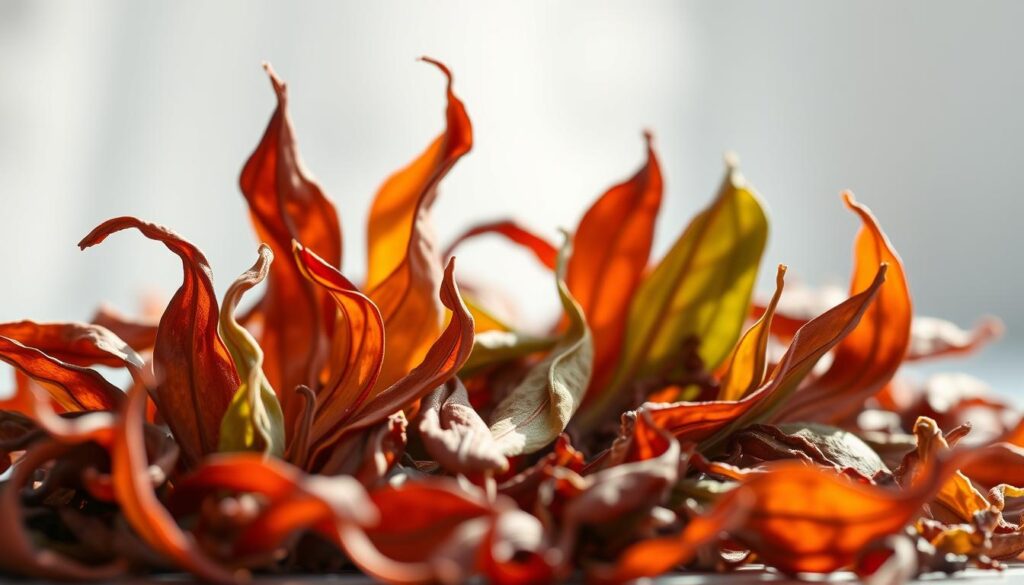
Light Oolongs: Floral and Delicate
Light oolongs have soft floral notes and a refreshing finish. They are partially oxidized, keeping some green tea qualities. You’ll taste subtle orchid, lilac, and honeysuckle.
Taiwanese High Mountain oolongs are a great example. They have a light golden color and a delicate smell. These teas are lightly roasted, keeping their natural freshness.
Dark Oolongs: Rich and Roasted
Dark oolongs have deeper, richer flavors with toasted notes. They are more oxidized and roasted. You’ll find warm tastes of caramel, roasted nuts, and dark chocolate.
Da Hong Pao (Big Red Robe) from China is famous for this. It has a rich amber color and complex taste. The roasting gives these teas their warm, deep flavors.
Regional Specialties: Chinese vs Taiwanese Oolongs
Chinese oolongs often have roasted, mineral tastes. Fujian province is known for Tieguanyin (Iron Goddess). These teas are roasted multiple times for deeper flavors.
Taiwanese oolongs are fresher and brighter. Teas from high elevation gardens have natural floral sweetness. Taiwan’s unique soil makes aromatic oolongs loved globally.
Maybe you prefer China’s roasted teas or Taiwan’s fresh ones. Trying both lets you find what you love. Remember, quality loose leaf tea from either place promises a great experience.
Essential Tools for Brewing Oolong Tea
Brewing great oolong tea needs more than just good tea leaves. The right tools are key to unlocking your tea’s full flavor. With the right gear, you can make the perfect cup every time.
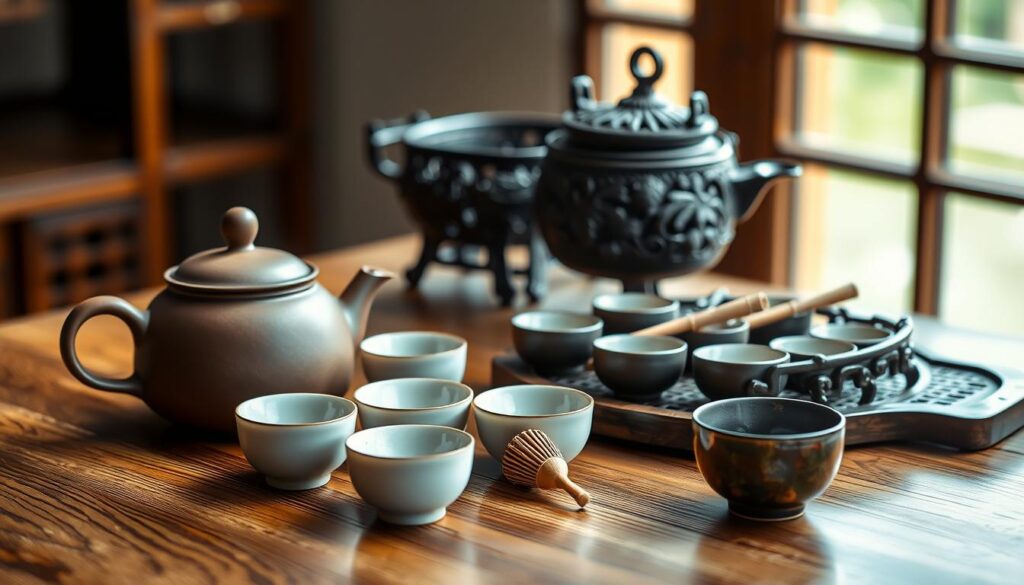
Selecting the Right Teapot or Gaiwan
The teapot you choose greatly affects your oolong’s taste. Porcelain or ceramic teapots are best for most oolongs. They heat evenly and don’t hold onto flavors.
For traditional Chinese brewing, a gaiwan is a good choice. It lets you control steeping time well. Its wide opening also lets you see how the tea leaves unfurl.
Use small vessels (4-8 ounces) for oolong. They focus the aroma and let you infuse the leaves multiple times.
Water Temperature Control Equipment
Oolong tea needs specific water temperatures for the best flavor. Light oolongs prefer cooler water (180-190°F), while darker ones like 195-205°F.
An electric kettle with temperature settings is the most convenient. It lets you set exact temperatures. A kitchen thermometer is also good for checking water heat.
Don’t use boiling water for most oolongs. It can burn the leaves and make the tea bitter.
Measuring and Timing Tools
Using consistent measurements is key for great results. A small digital scale helps you measure tea accurately. Most oolongs use 1-2 teaspoons per 8 ounces of water.
A timer is crucial for the right steeping time. Oolong needs precise timing—usually 2-5 minutes for Western style. Even 30 seconds too long can change the flavor.
Many tea lovers use their phones as timers. Others prefer dedicated hourglasses for tea brewing.
| Tool Type | Purpose | Recommended Features |
|---|---|---|
| Brewing Vessel | Holds tea leaves and water | 4-8 oz capacity, porcelain or ceramic |
| Temperature Control | Heats water precisely | Adjustable settings, temperature display |
| Measuring Tools | Portions tea leaves | Digital scale, measuring spoons |
| Timing Device | Controls steeping duration | Digital timer, tea-specific hourglass |
Getting these basic tools will improve your oolong brewing. They help you enjoy your tea to the fullest. Good equipment makes brewing fun and the results always delicious.
Step-by-Step Guide to Brewing Perfect Oolong
Brewing oolong tea is both an art and a science. It unlocks complex flavors and aromas. Follow these simple steps to create your perfect cup every time.
Measuring Your Tea Leaves Correctly
Start with the right amount of leaves. Too little makes weak tea. Too much creates bitterness.
Use about 1 teaspoon per 8 ounces of water for rolled oolong leaves. For open-leaf styles, use a bit more. A small kitchen scale helps for precision.
Remember that oolong expands when wet. Your teapot should have enough room for leaves to unfurl properly.
Water Temperature: Getting It Just Right
Water heat dramatically affects oolong’s flavor. Different types need different temperatures.
Light oolongs brew best at 180-190°F. Dark oolongs handle 195-205°F well.
If you don’t have a thermometer, watch water bubbles. Small bubbles mean around 180°F. Rolling bubbles indicate boiling.
Steeping Time: The Critical Factor
Timing determines your tea’s strength and character. Shorter steeps yield lighter flavors. Longer ones create deeper notes.
Start with 2-3 minutes for first infusions. Taste and adjust for later brews.
Set a timer for consistency. Your perfect cup depends on precise timing.
Multiple Infusions: Getting More From Your Leaves
Oolong leaves often yield multiple brews. Each infusion reveals different flavor layers.
Increase steeping time by 30 seconds for each subsequent brew. Most quality oolongs give 3-5 good infusions.
Notice how flavors change from floral to mineral to sweet. This evolution makes oolong brewing truly rewarding.
Traditional Chinese Tea Ceremony Techniques
Explore the art of traditional Chinese tea making. It turns your oolong tea into a unique experience. These methods make tea more than just a drink; it’s a ritual that engages your senses.
Gongfu Cha: The Art of Skillful Brewing
Gongfu Cha means “making tea with skill.” It’s a traditional way that uses small vessels for short infusions. You use more leaves but steep for less time than Western methods.
This technique lets you taste the tea’s changing flavors with each cup. Your first cup might taste different from your third or fifth. It shows the full range of oolong tea’s complexity.
Proper Tea Ware Setup and Preparation
Setting up for a tea ceremony needs specific items. You’ll need:
- A small teapot or gaiwan (lidded bowl)
- Small tasting cups
- A fairness pitcher (cha hai)
- A tea tray to catch spills
- Tea tools like tweezers and a pick
Place these items within reach before starting. The preparation is part of the meditation. Start by warming all vessels with hot water.
Pouring and Serving Etiquette
Serving tea in a traditional ceremony is important. First, pour the tea into the fairness pitcher. This ensures everyone gets tea of the same strength.
Fill cups about 70% full when serving guests. This tradition prevents burns and symbolizes room for more happiness and relationships.
Hold teapots and pitchers with both hands when serving. This shows respect and mindfulness. The receiver should accept the cup with both hands, too, to show mutual respect.
Western Style Oolong Brewing Methods
Western brewing methods make oolong tea easy to enjoy every day. They’re great for busy lives and still offer amazing flavor. You can enjoy Chinese tea in your daily routine.
Simple Teapot Brewing for Daily Enjoyment
This method is perfect for your morning or afternoon tea. Start with one teaspoon of oolong leaves per cup of water in your teapot.
Heat water to 185-205°F, depending on your oolong variety. Pour water over leaves and steep for 3-5 minutes. Strain and enjoy your perfectly brewed cup.
The beauty of this method lies in its simplicity. You get consistent results every time without special equipment.
Grandpa Style: Easy Loose Leaf Brewing
Grandpa style is the ultimate in simplicity. Just add loose oolong leaves directly to your mug or glass. Pour hot water over them and let steep.
As you drink, the leaves settle at the bottom. You can add more hot water for multiple infusions throughout your day.
This method celebrates the natural beauty of whole tea leaves. It’s wonderfully casual and perfect for home or office.
Cold Brew Oolong: Refreshing Summer Option
Cold brewing creates a smooth, sweet oolong experience without bitterness. Add 2 tablespoons of oolong leaves to a quart of cold water in a pitcher.
Refrigerate for 6-12 hours. Strain and enjoy over ice. Cold brew highlights the delicate floral notes in your Chinese tea.
This method is ideal for hot days or when you want a refreshing, low-caffeine option. The slow extraction creates a remarkably smooth flavor profile.
Storing Your Oolong Tea Properly
Proper storage makes good oolong tea even better. It keeps the tea’s flavors and aromas alive. Think of it as the last step in enjoying your tea.
Airtight Containers: Protecting Flavor and Aroma
Your oolong tea needs protection from air. Air can ruin the tea’s floral notes and complex flavors.
Use containers with tight lids. Glass jars with rubber seals or tin containers are great. The right container keeps your tea fresh for months.
Avoiding Light, Heat, and Moisture
Three things can harm your tea: light, heat, and moisture. Direct sunlight can damage the tea’s delicate compounds.
Store your tea in a cool, dark place. Keep it away from stoves and windows. Also, avoid storing it near spices or strong-smelling foods. Tea can pick up odors easily.
Shelf Life and Freshness Indicators
Most oolong teas stay fresh for 6-12 months. Lighter oolongs have shorter shelf lives than darker ones.
Check your tea’s freshness by looking at the leaves and smelling it. Bright leaves with a strong scent mean it’s good. Dull leaves with a weak smell mean it’s time for new tea.
Incorporating Oolong Into Your Daily Routine
Oolong tea is versatile and fits well into your day. It offers the right balance when you need it.
Morning Energy Boost Without Coffee Jitters
Begin your day with oolong tea instead of coffee. Oolong’s caffeine is released slowly.
This slow release avoids the jitters and crashes coffee can cause. You’ll have steady energy for hours.
Oolong also has L-theanine, which helps you stay calm and alert. This means you can feel awake without feeling nervous.
Afternoon Pick-Me-Up and Focus Session
Oolong tea is great for when you feel tired after lunch. It gives you just enough caffeine to stay awake.
It also improves your focus, making it easier to tackle tasks. Many find it boosts their productivity during work or study.
Try brewing a pot around 2-3 PM for the best balance. You’ll stay alert but also calm, ready for the evening.
Evening Relaxation with Low-Caffeine Options
For a relaxing evening, pick darker, more oxidized oolong teas. They have less caffeine than lighter ones.
The flavors are warm and comforting, perfect for unwinding. The little caffeine won’t keep you awake at night.
Preparing tea can be calming in itself. Oolong is a great way to slow down from a busy day to a peaceful evening.
| Time of Day | Oolong Type | Benefits | Caffeine Level |
|---|---|---|---|
| Morning | Light Oolong | Sustained energy | Medium |
| Afternoon | Medium Oolong | Mental focus | Medium |
| Evening | Dark Oolong | Relaxation | Low |
Try different brewing times and temperatures to find your favorite cup. Adding oolong tea to your daily routine will make it more enjoyable.
Conclusion
Oolong tea is a standout in the tea world. It’s a mix of green and black teas, offering the best of both. This unique processing makes it special.
It’s great for your health too. Oolong tea boosts metabolism and sharpens your mind. Plus, it’s easy on your stomach. You get all these benefits with a variety of tastes.
How you brew oolong tea fits your life. You can try traditional Gongfu Cha or simple Western ways. Cold brewing is perfect for hot days.
Exploring oolong teas is fun. Light ones have floral scents, while darker ones are rich and roasted. Chinese and Taiwanese styles add to the adventure.
Make oolong tea a daily habit. It’s a morning pick-me-up without the coffee jitters. Use it to focus in the afternoon or unwind in the evening with low-caffeine options.
Your tea adventure is just starting. Oolong tea has won the hearts of many tea lovers. Find your favorite cup and enjoy the journey.

